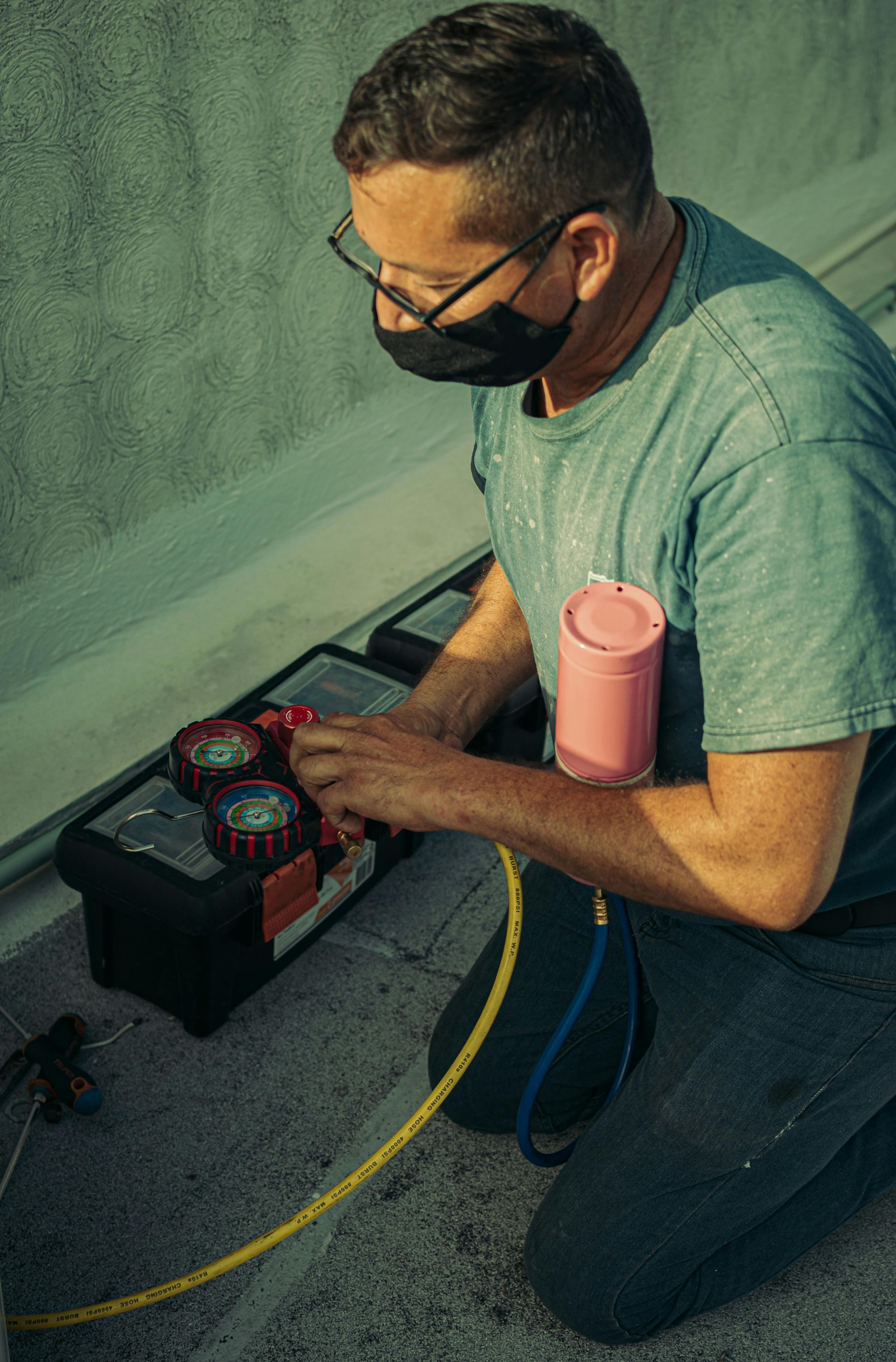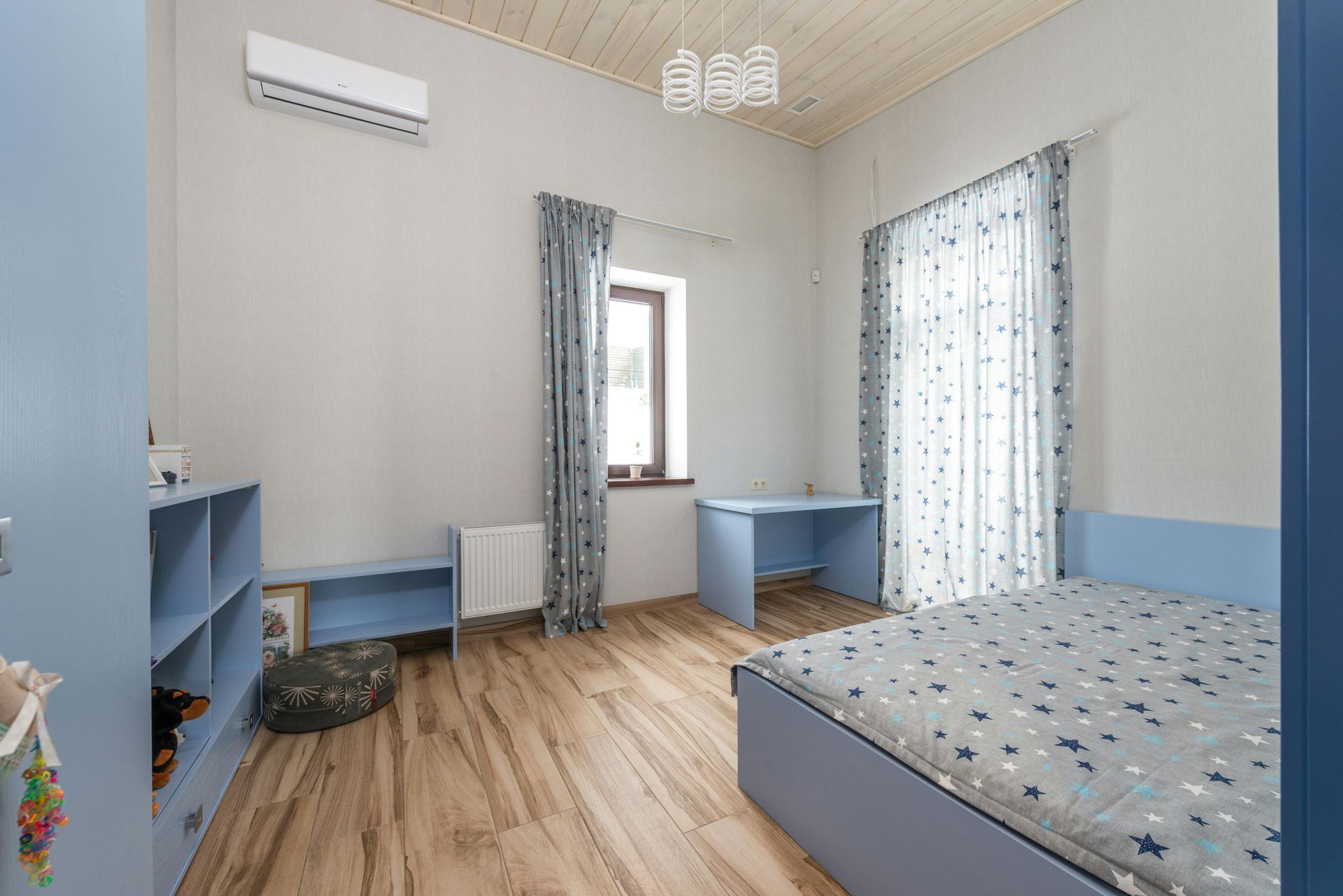Gen Z, Millennial Home Buyers Willing to Compromise on Square Footage

As the home building industry celebrates New Homes Month in April, new research shows that more than half of Gen Z (53%) and millennials (52%) are progressively more open to having a smaller home with higher-quality products and amenities versus a larger home with fewer amenities.
“Builders are responding to home buyer preferences and constructing homes with less square footage, which are generally more affordable and easier to maintain,” said Austin Hall.
The median home size dropped from 2,200 square feet in 2023 to 2,150 square feet in 2024, the lowest in 15 years, after holding strong at 2,300 square feet from 2019-2022, according to the National Association of Home Builders. The same thing is happening to median lot sizes, which has dropped about 1,000 square feet in the last 15 years to 8,400 square feet.
There are several consistently popular features among home buyers across all generations, such as a great room, laundry room and garage storage. Other top amenities and design options include drinking water filtration, special storage racks for wine/spices in the kitchen and both a shower stall and a tub in the primary bath.
“New home buyers enjoy the ability to choose design features that suit their preferences,” said Hall. “Whether you are looking to buy your first home or upgrade to your dream home, newly constructed homes can offer a personalized aesthetic inside and out.”
Join us for the 2025 James Hardie Spring Parade of Homes on April 26-27, from 1:00 PM to 5:00 PM each day! This is your chance to explore some of the finest new homes in the area, meet top builders and developers, and get inspired by the latest trends in home design and construction.
We’re excited to showcase a variety of beautiful homes in cutting-edge communities, giving you a firsthand look at what’s possible in modern homebuilding.
For more details about new homes in Columbia, Missouri, reach out to us at the HBA of Columbia! Visit columbiahba.com or give us a call at (573) 443-8622.
We can't wait to see you there!
SHARE




